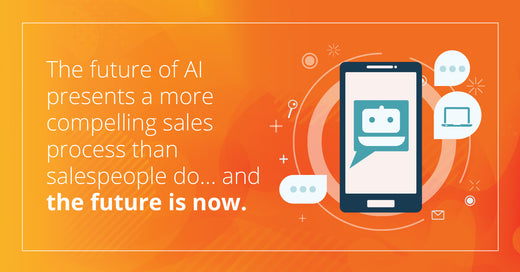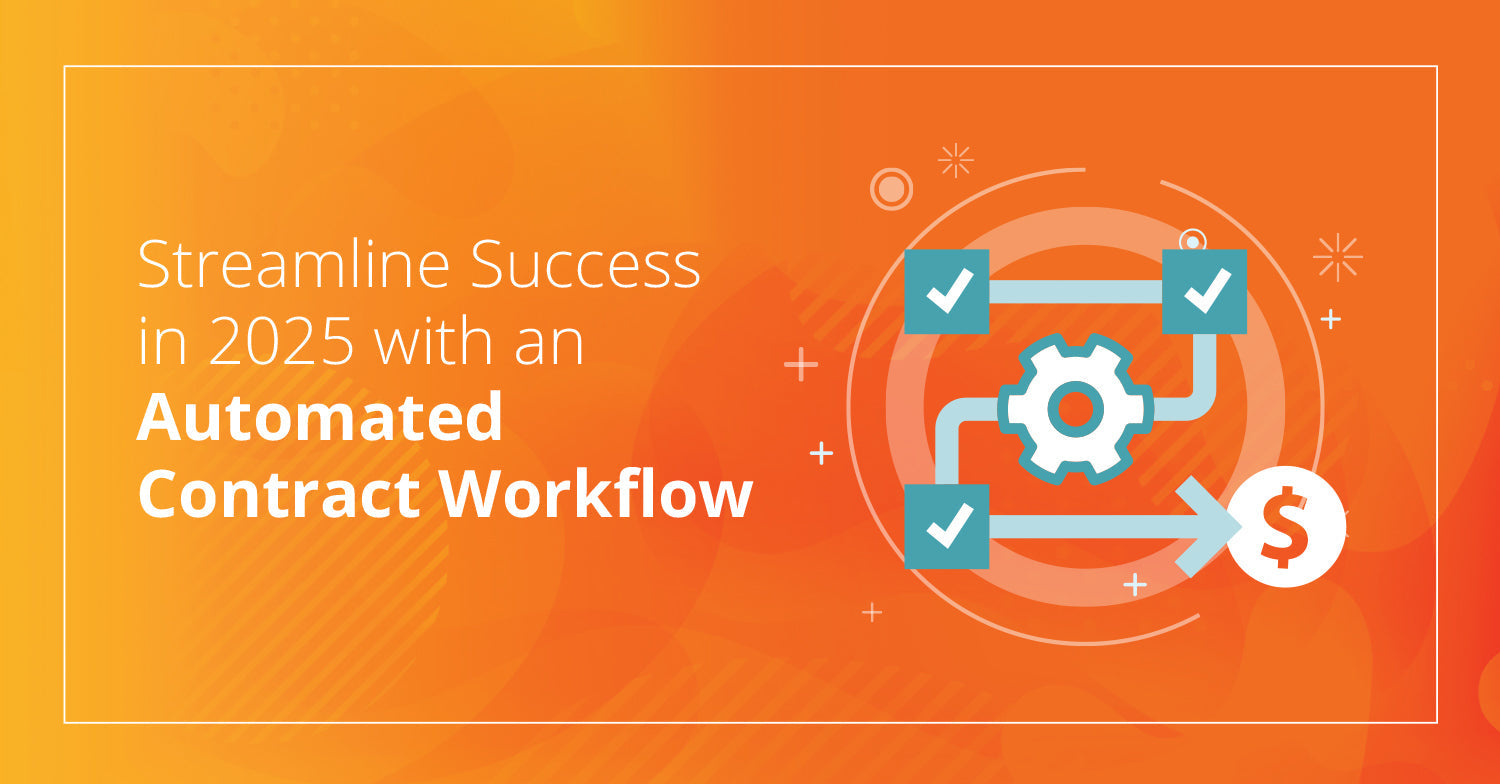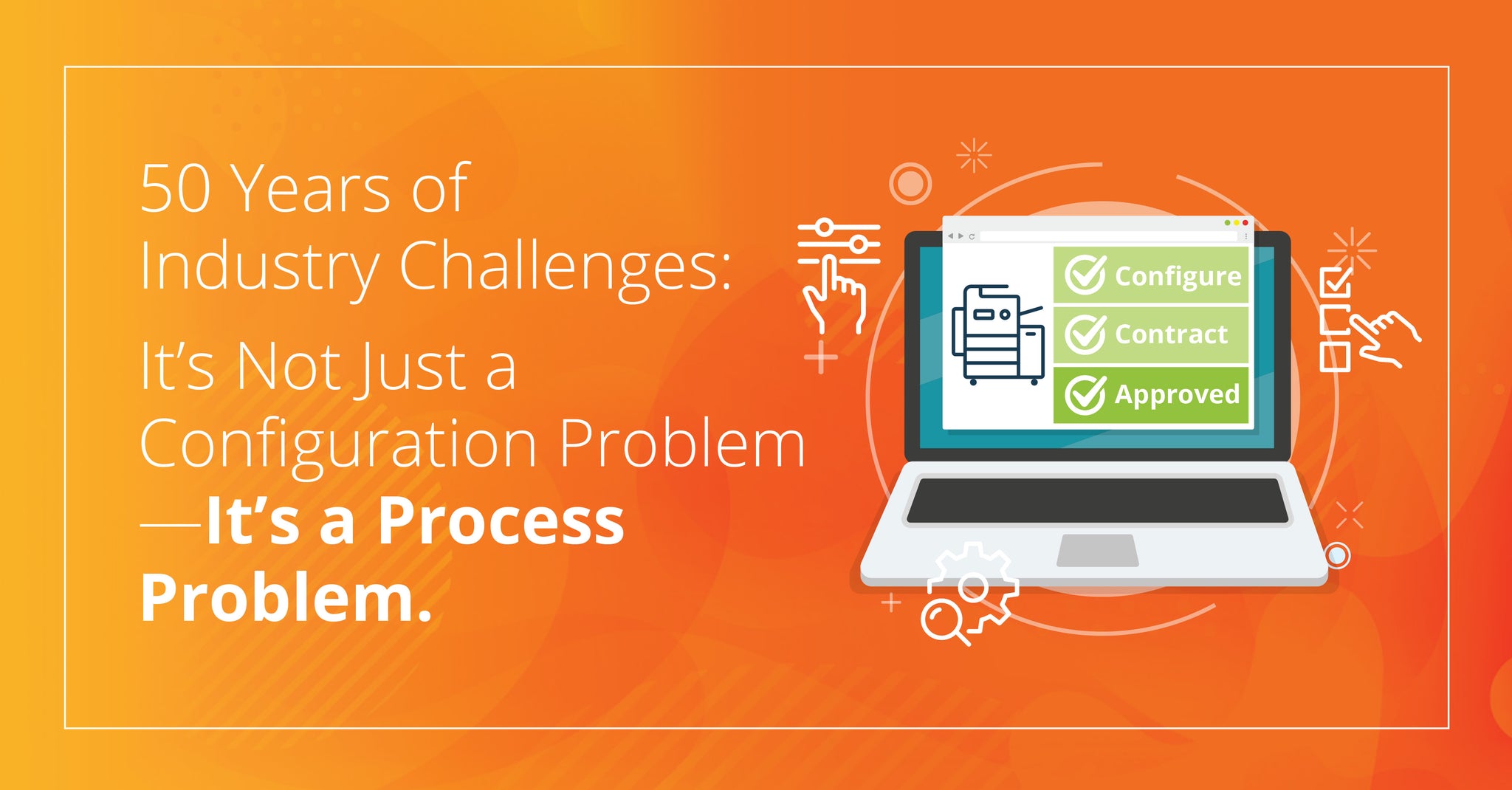AI Will Affect the Way B2B Companies Acquire Technology. How Are You Preparing for This?

Technology is ever-changing. We can look back at most innovations like the PC, photocopier, internet, smartphone, and even AI and recognize that they often come with massive hype. In almost all cases, the hype-train outran the initial practical application until eventually catching up.
There are two key attributes that these seismic shifts have in common. The first is that their eventual application was different from the initial promoters’ thoughts. The second is that they supplanted entire industries and businesses.
Consider this: How has AI changed the way customers acquire technology? Think about what tools are becoming more critical and what will evolve to become the “new normal.”
This is not an article on AI. Truthfully, nobody knows what we’ve created here. We have seen some disruption already, but the best and worst is yet to come. What I want to focus on instead is how your B2B technology business can adapt to the coming changes.
In B2B technology, your customers acquire hardware, software, and services from you (well, hopefully they do!). How they acquire that “stuff” will continue to migrate away from human interactions and toward automated processes. Those processes will likely involve more and more AI.
Human vs Automated Sales Workflows
Most B2B technology sales today are human interactions. Will that continue to be the case moving forward? I don’t think so. Human-led processes hinge on the fact that the salesperson has some expertise surrounding the technology that the buyer doesn’t. In opposition to this, technology such as AI knows more than salespeople. That gap between what the human knows and what the machine knows is only going to continue to grow.
AI will expose this gap. It already has. Imagine how a salesperson would react to a customer requesting a laptop, printer, and monitor for a new employee and how an automated system would manage it.

- Emails + phone calls to determine product needs and specifications
- Internal resources used to check inventory + costs + margins
- Preparation and presentation of proposed solutions
- Possible adjustments to prices and products
- Confirmation/approvals
Automated Sales Approach:
- Customer goes to website
- Customer interacts with a chatbot and answers a few qualifying questions
- Options which have been validated with inventory and margin calculations are presented
- Sale is then executed and paid via either a credit card or a purchase order
Based on AI and chatbot limitations, we may not yet be at the point of using them exclusively today, but it's becoming easier to imagine. It's also easier to imagine that if you’re a customer, your preferred workflow will be an automated one. Even if we’re not there now, it's not far away.
If you provide B2B technology hardware, software, and services, you should prepare for a time when customers won’t welcome outside salespeople into their offices anymore.
Preparation for AI in the B2B Space
Connecting digitally to your customers and prospects is more important than ever. With email marketing tools like HubSpot already using elements of AI, it's important that you find ways to continue adapting to this change. If you don't, businesses that are more nimble and less tethered to human-led workflows will race past you.

Be sure too that you’re combining new technology with the buying preferences of younger buyers in mind. The savvy online buyers of today are rapidly outnumbering the generations that favour relationship-building. This just further shows that an investment in e-commerce and an updated CRM approach is a needed investment.
We can help. Contact B2BToolbox today and let's talk.


